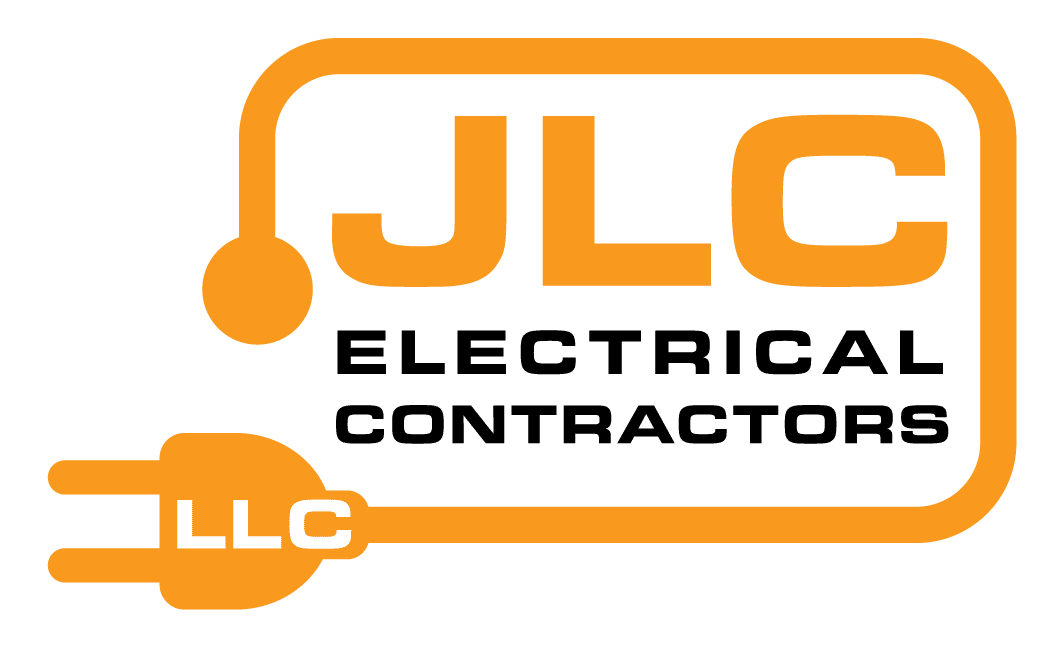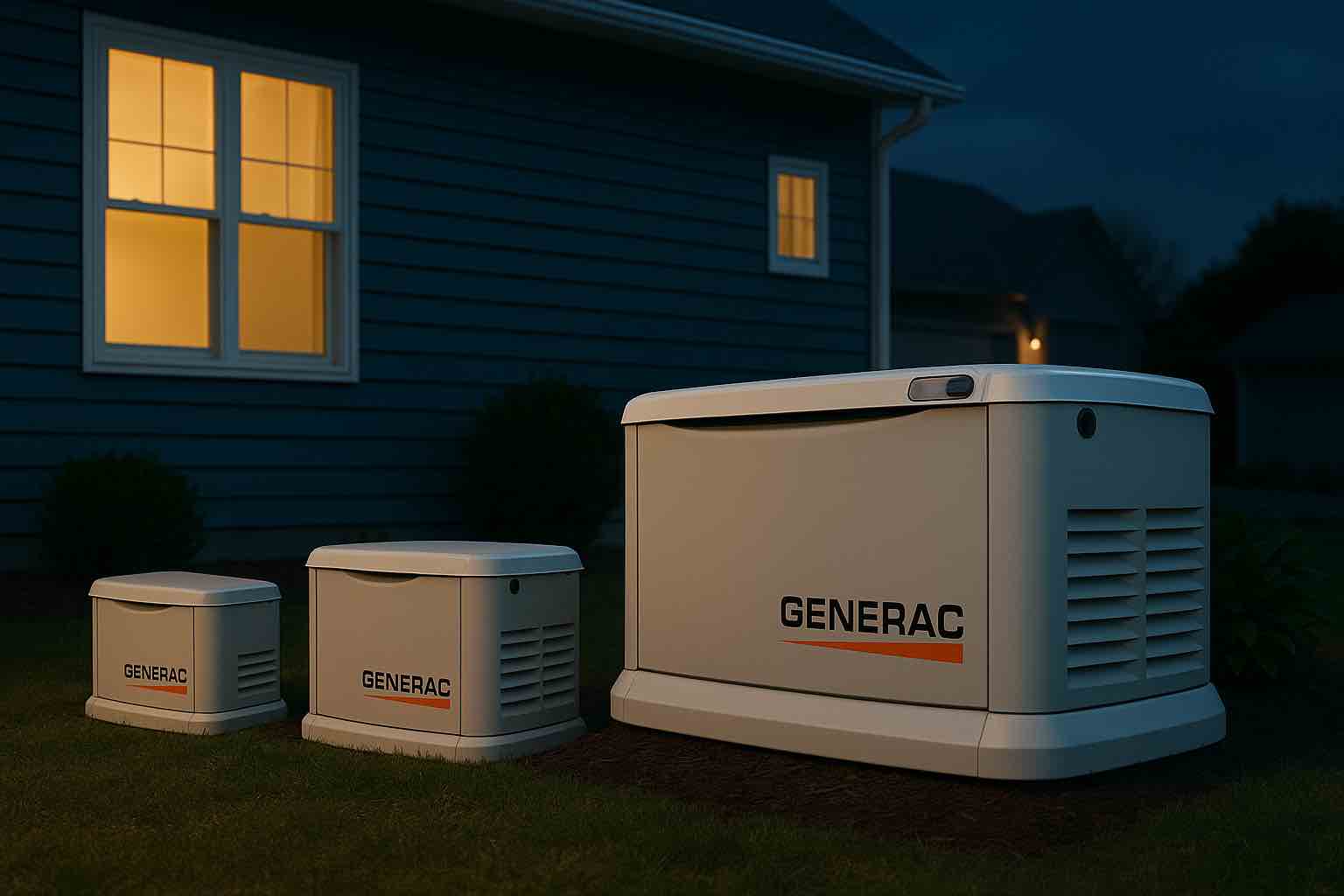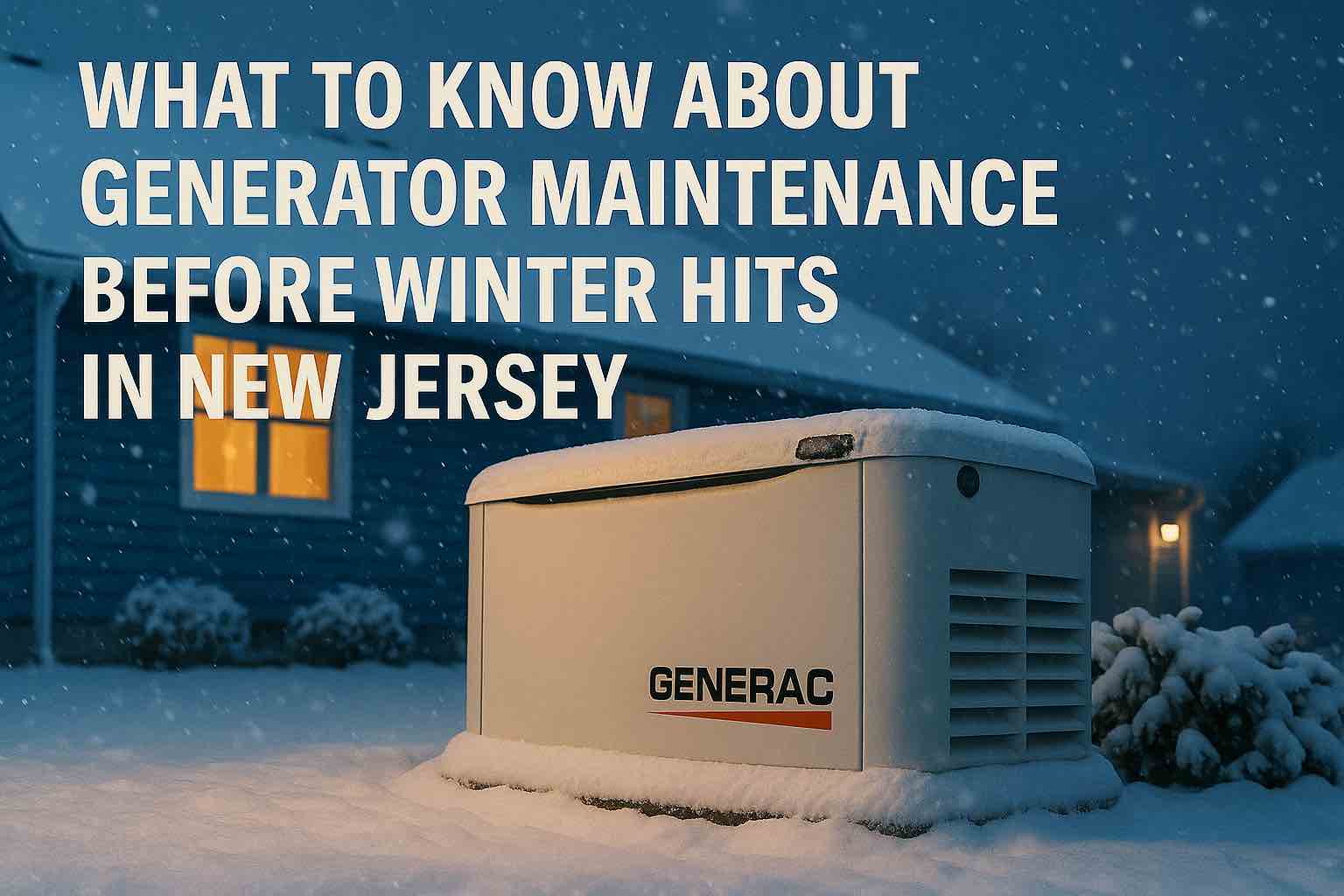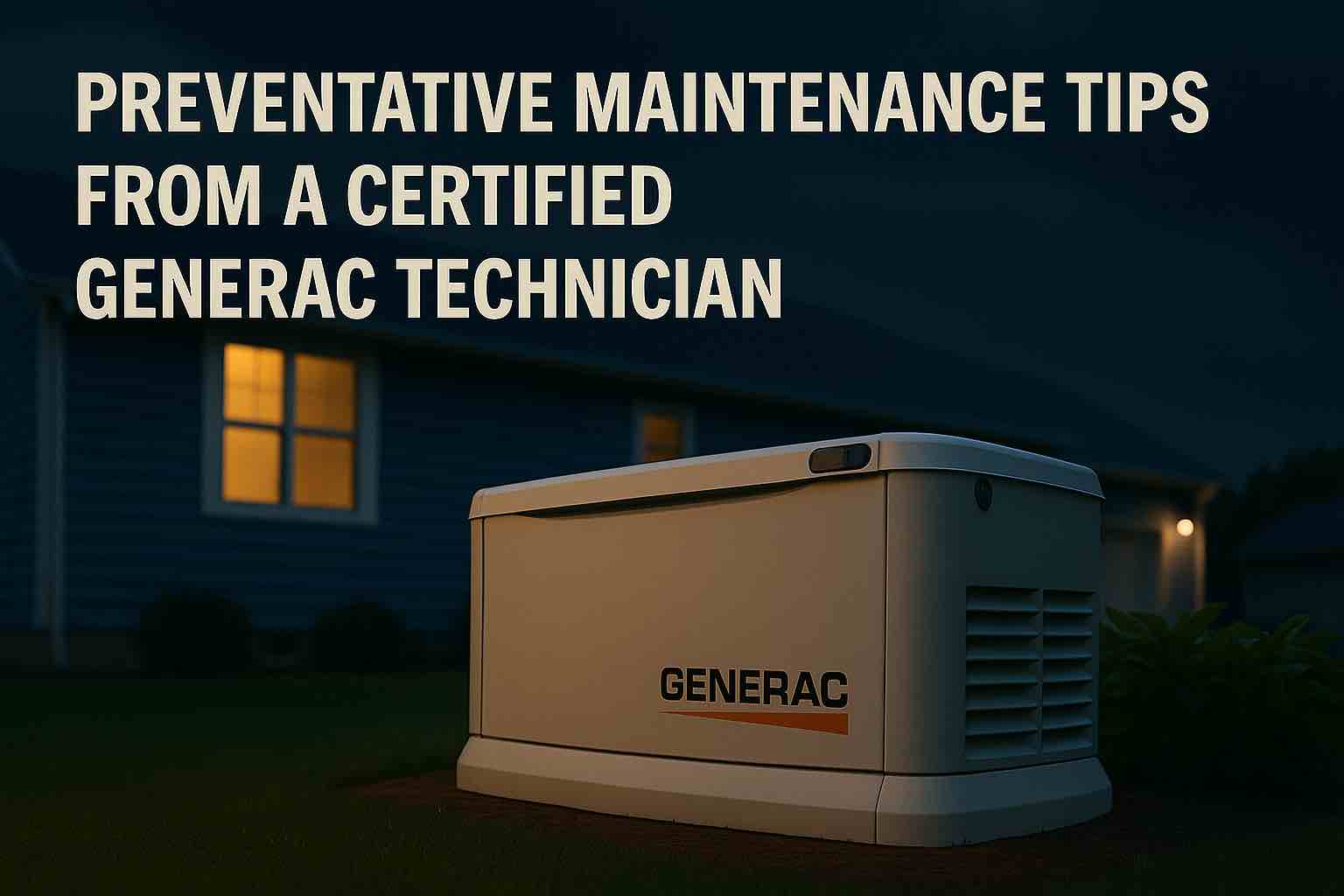When the power goes out, a properly sized generator can keep your home safe, comfortable, and functional. But not all generators are created equal — and choosing the right size is about more than just wattage. It’s about understanding your home’s essential circuits and how much power they require during an outage.
As a trusted local provider of Generac generator installation and service, JLC Electrical Contractors helps homeowners choose the right system for their needs and ensures every critical circuit stays protected.
Why Generator Sizing Matters
Choosing the correct generator size is crucial for both performance and safety.
A generator that’s too small will overload or shut down when you try to power too many devices. A generator that’s too large may waste fuel, increase installation costs, and run inefficiently.
The right size generator ensures your essential systems operate smoothly without compromising energy efficiency or reliability.
How to Determine the Correct Generator Size
Step 1: Identify Essential Circuits – Start by listing the systems you can’t live without during an outage. These are the circuits that will connect to your generator’s transfer switch.
Step 2: Calculate the Total Power Requirement – Each appliance or system has a wattage rating. Add up the running watts (and starting watts for motor-driven items like HVAC systems and well pumps).
Step 3: Choose the Right Capacity – Generators are rated in kilowatts (kW). Most homes require between 7 kW and 24 kW, depending on how many circuits you want to power. A Certified Generac Technician can perform a full load analysis to recommend the perfect system.
The Most Important Circuits to Back Up
1. Heating and Cooling Systems – In New Jersey’s extreme seasons, temperature control is critical. A properly sized generator can keep your furnace, boiler, or central AC running, protecting your home and family from dangerous temperatures.
2. Refrigeration – Food spoilage can occur in just hours during an outage. Backup power for your refrigerator and freezer keeps your groceries safe and minimizes waste.
3. Sump Pump or Well Pump – Homes with basements or private wells rely on these pumps to prevent flooding and ensure clean water access — two systems that must stay powered.
4. Lighting and Outlets – Essential lighting throughout the home, along with a few key outlets for phone chargers, medical equipment, or small appliances, should be prioritized.
5. Security Systems and Wi-Fi – Your alarm system, cameras, and router should remain powered for safety and communication during storms or extended outages.
6. Garage Door and Entry Systems – Keeping your garage and entry systems operational ensures you can safely leave or enter your home even when power is down.
Whole-House vs. Partial Backup
Whole-House Generators – These systems automatically power your entire home. They’re ideal for families who want uninterrupted comfort and convenience during any outage.
Managed or Partial Backup Systems – These are more cost-effective and designed to power only the most essential circuits through a transfer switch or load-shedding system. A certified installer can help prioritize your circuits to fit your budget and needs.
The Role of a Certified Generac Technician
Generator sizing and installation should always be handled by a Certified Generac Technician. They ensure:
- Correct electrical connections and safety compliance
- Accurate load calculations
- Proper generator placement and ventilation
- Seamless automatic transfer switch setup
Professional sizing and installation protect your warranty, maximize performance, and provide long-term peace of mind.
Trust the Certified Experts at JLC Electrical Contractors
When it comes to generator sizing and installation, accuracy matters. The certified professionals at JLC Electrical Contractors are trained to properly size, install, and maintain Generac generators to keep your home safe and comfortable during any outage.
FAQs About Generator Sizing and Circuits
How do I know what size generator I need?
A certified technician can perform a load calculation based on your home’s electrical usage and backup priorities.
Can I power my entire house with a generator?
Yes. Whole-house generators can handle your full electrical load, but you can also opt for partial backup systems to power only the essentials.
What happens if I overload my generator?
An overloaded generator may shut off or trip breakers. This can damage both the generator and connected appliances. Proper sizing prevents this issue.
Can I upgrade my generator later?
Yes. You can start with a smaller system and upgrade to a larger one as your power needs change.



